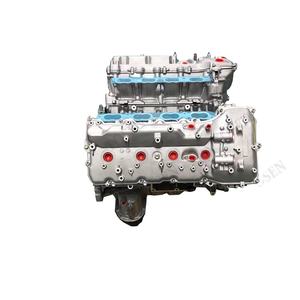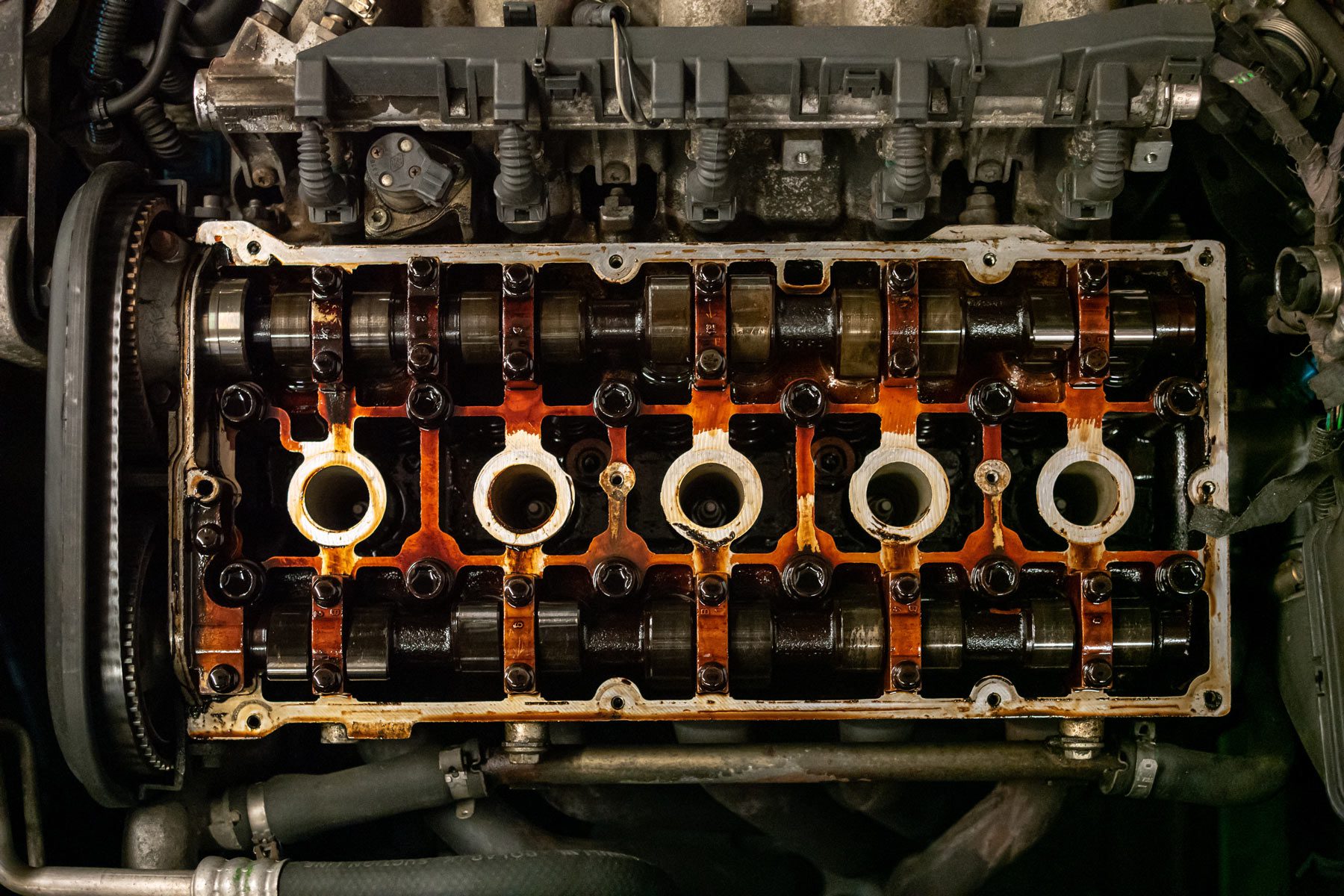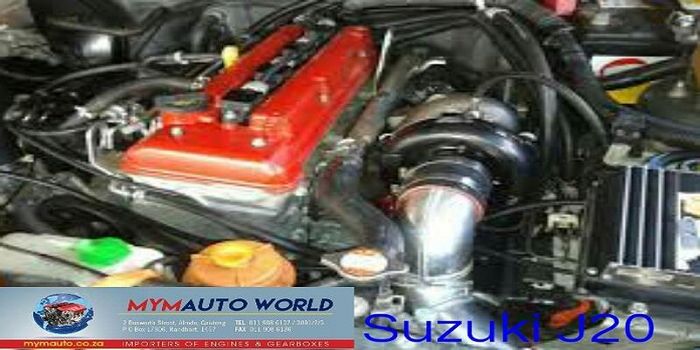Opel Corsa Engine: Everything You Need to Know Before Purchasing
Checking Out the Inner Workings of a Compact Vehicle's Engine System
As motorists, we frequently take for given the detailed processes that take place within the confines of our lorry's engine system. In this exploration of a compact vehicle's engine system, we will untangle the inner functions of this mechanical harmony, shedding light on the secrets that drive us onward on our everyday trips.
Burning Process Introduction
The burning process in a small automobile's engine system is an important mechanism that effectively transforms gas into energy to power the automobile. This procedure takes place within the combustion chamber of the engine, where fuel and air mix, stir up, and produce controlled explosions. The burning procedure is composed of 4 main stages: intake, exhaust, power, and compression.
Throughout the intake phase, the piston moves downward, attracting in a mix of air and gas into the burning chamber. The next phase, compression, includes the piston relocating upward, pressing the air-fuel mixture to raise its strength. Ultimately, in the power stage, the ignition system sparks the compressed blend, resulting in a quick expansion of gases that requires the piston back down. This down activity produces the power required to drive the car. Ultimately, in the exhaust stage, the burnt gases are expelled from the combustion chamber via the exhaust valve, preparing the chamber for the next cycle. This cyclic combustion procedure is fundamental to the operation of a small automobile's engine system, guaranteeing efficient power conversion for propulsion.
Piston and Cylinder Interaction

The piston's accurate fit within the cyndrical tube is vital for maintaining optimal compression and protecting against power loss throughout burning. Tight clearances between the piston and cylinder wall surfaces make certain efficient sealing, permitting the piston to relocate efficiently without enabling gases to leakage past. Appropriate lubrication is additionally crucial to decrease friction and use in between these parts, enhancing longevity and efficiency.
Furthermore, the layout and materials utilized in producing the piston and cyndrical tube influence engine performance and longevity. Modern engines frequently use light-weight yet long lasting materials like light weight aluminum alloys for pistons and cylinder linings to reduce inertia and boost thermal efficiency. On the whole, the unified communication between the piston and cylinder is basic to the engine's capability and overall efficiency.
Fuel Injection System Functionality
Fuel shot systems in compact car engines play a crucial function in exactly providing gas to the burning chamber for efficient and controlled ignition. The gas shot system functions by injecting fuel into the combustion chamber at the ideal moment during the engine's operation (opel corsa engine). This specific timing guarantees that the fuel blends evenly with the air for appropriate burning, resulting in enhanced gas performance and reduced exhausts
There are mostly two kinds of fuel injection systems utilized in compact automobile engines: port fuel injection (PFI) and direct fuel injection (DFI) PFI systems inject fuel into the intake port prior to the consumption valve, while DFI systems inject fuel straight right into the combustion chamber. Both systems have their benefits, with DFI using far better gas atomization and PFI offering an extra cost-efficient solution.
Recognizing Engine Air Conditioning Mechanisms
Reliable procedure of a compact car's engine depends greatly on the performance of its cooling mechanisms. The air conditioning system in a compact lorry usually is composed of several components functioning together to regulate the engine temperature level. Comprehending these engine cooling devices is crucial for keeping the performance and durability of a compact car's engine system.

Exhaust System Parts Explained
The optimal go to the website performance of a portable lorry's engine cooling mechanisms depends on a complementary system referred to as the exhaust system, which consists of various essential elements for guaranteeing effective exhausts and engine performance. The exhaust system consists of elements such as the exhaust manifold, catalytic converter, muffler, and tailpipe. The exhaust manifold accumulates exhaust gases from the engine's cylinders and paths them to the catalytic converter. The catalytic converter then transforms hazardous pollutants in the exhaust right into less harmful emissions prior to releasing them with the muffler index and tailpipe.
One crucial element of the exhaust system is the oxygen sensing unit, which monitors the oxygen levels in the exhaust gases to assist manage fuel intake and guarantee ideal engine performance. opel corsa engine. In addition, the resonator might be existing in some exhaust systems to decrease noise levels. On the whole, the exhaust system plays an essential role in maintaining engine efficiency, minimizing hazardous exhausts, and making sure a quieter driving experience for portable automobile proprietors

Final Thought
To conclude, the portable car's engine system is a complex mix of components that interact to assist in the combustion process, transform gas right into energy, and expel waste gases. Comprehending the inner functions of the engine system, consisting of the piston and cylinder interaction, fuel injection system, engine air conditioning devices, and exhaust system components, is vital for preserving optimum efficiency and performance of the vehicle.
The combustion procedure in a small vehicle's engine system is a critical device that successfully converts fuel right into energy to power the you can look here lorry.Fuel injection systems in small vehicle engines play an important function in specifically supplying fuel to the combustion chamber for reliable and controlled ignition.There are mainly 2 kinds of gas shot systems utilized in portable lorry engines: port gas injection (PFI) and straight fuel injection (DFI) Recognizing these engine cooling devices is crucial for maintaining the efficiency and durability of a portable lorry's engine system.
The optimal functioning of a small automobile's engine air conditioning systems depends on a corresponding system understood as the exhaust system, which comprises various necessary elements for making sure effective discharges and engine efficiency.